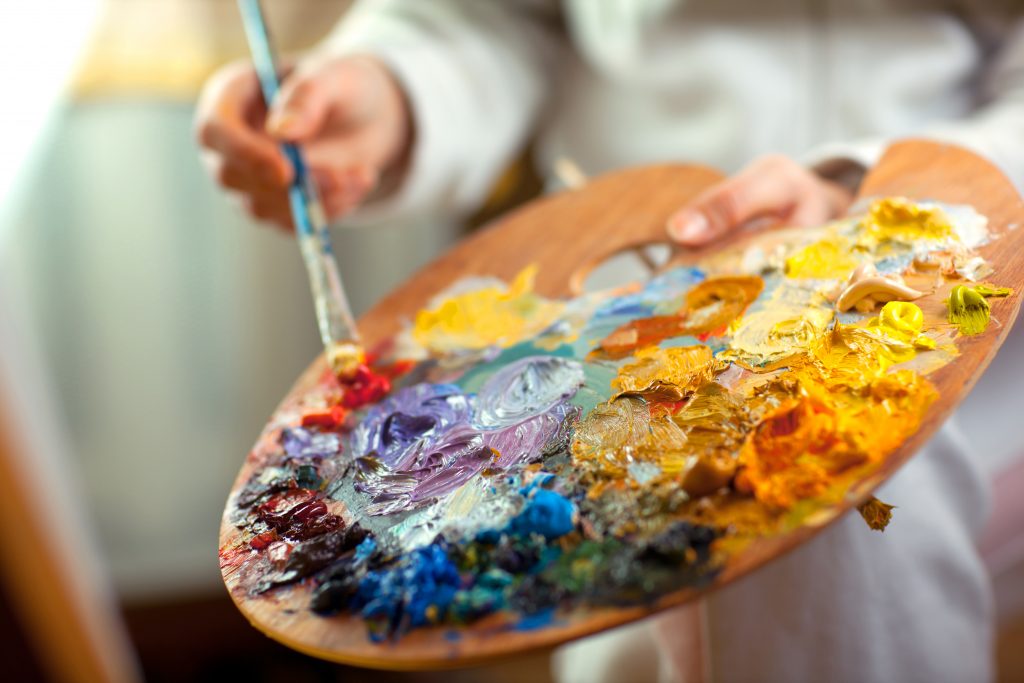
Saif Nasser describes how he uses his experience as an artist to influence his shade work and provides advice on how to achieve the ideal colour
Taking a shade can be a bit hit or miss. But, as an artist, I have spent my life experimenting with colours and learning to understand them. This knowledge has helped make taking a shade more predictable.
Taking a good shade requires the right conditions. The ideal light condition is a crisp July morning, as the sun (light source) is high up and leads to less flooding. Conversely, a grey day can make differentiating between the colours difficult: colours lose their subtlety. Having the right amount of light to pick up the difference in each tab is essential.
I try and take a shade during morning daylight hours, pre-midday. The midday sun can flood the object making it appear brighter than usual. Ambient room lighting is too yellow/orange and not useful. Do not be embarrassed to do it more than once.
Take the shade by a window and rotate the patient slightly to change the amount of illumination. You will be surprised by how much information you pick up. Also, do it outside with their back to the sun. Take a shade guide and arrange them in ascending value (B1 to C4; lightest to darkest).
Whizz the chart up and down by the control tooth, and, without strain, close in on the few tabs that seem to blend. To replenish the retina, it is advised to look away or at a blue object to refresh the cells; then repeat the process. You should be able to narrow the range of tabs from three to four. Once I have the right value, I determine whether the basic shade is yellow in essence or has hints of red (warmth) or grey (greyness).
Mixing colours
Look deep into the centre of the tooth to extract the base shade based on chroma (A to D categories). This is the colour that would become the first wash, over which all other colours can be applied. Think of this as the base coat. This exercise takes training. You then combine the value and chroma by looking for the chosen chroma tab (A, B, C or D) in the value range you had first selected. Sometimes there is more than one shade in a tooth. Mix colours where necessary or blend two separate colours. This is particularly true where it greys out due to the lack of dentine.
Shades have been developed to recreate the spectrum of colours in human teeth. This was pioneered by Vita in the 1930s, who subdivided colours into four categories (A to D). Each subcategory is a slightly different colour/chroma:
A: yellow with a tint of red
B: more yellowish
C: yellow with greyish tint
D: a mix of yellow, red and grey (low value)
1 to 4: increasing saturation.
Some materials like feldspathic ceramics are available in a wider range of colours and give you greater flexibility for those tough shades. I use the Vitapan 3D-Master guide if the colour doesn’t lie in the classical range. All-ceramic materials are restricted to the Vita classical guide colours, although they can be modified with tints.
A more complicated shade take can be generated by picking out different colours from separate areas of the tooth (colour mapping). This requires more delicate introspection under magnification. Classically, these areas are the bluish translucent incisal tips, areas of white hypoplasia and age spots/lamella, which can be stained on.
A hint of cervical staining around the necks can also add to a more polychromatic and realistic result.
Similar stains are available for composites and are sufficient to capture most teeth chromatically. These staining kits often comprise of chocolate/mahogany, white/opaque, blue translucent, honey and amber. It is good to experiment with staining techniques to understand how they look when applied. This understanding can be applied to your ceramic work.
Take time getting a good shade. Nothing is more disappointing than getting it wrong. The time you invest will pay off in the final aesthetic finish. Like artwork, truly aesthetic restorations are a slow labour of love and no aspect can be rushed or neglected.


